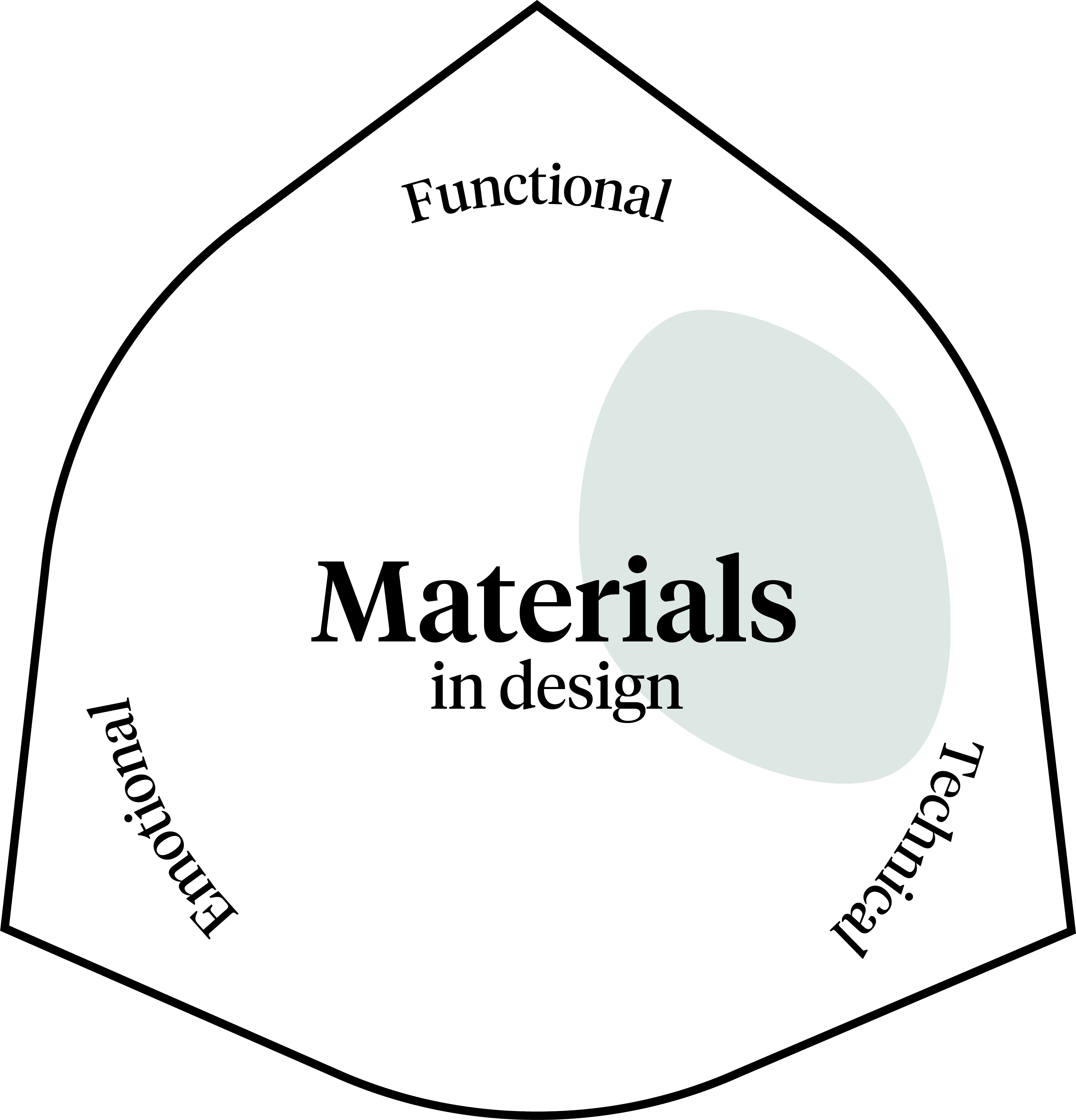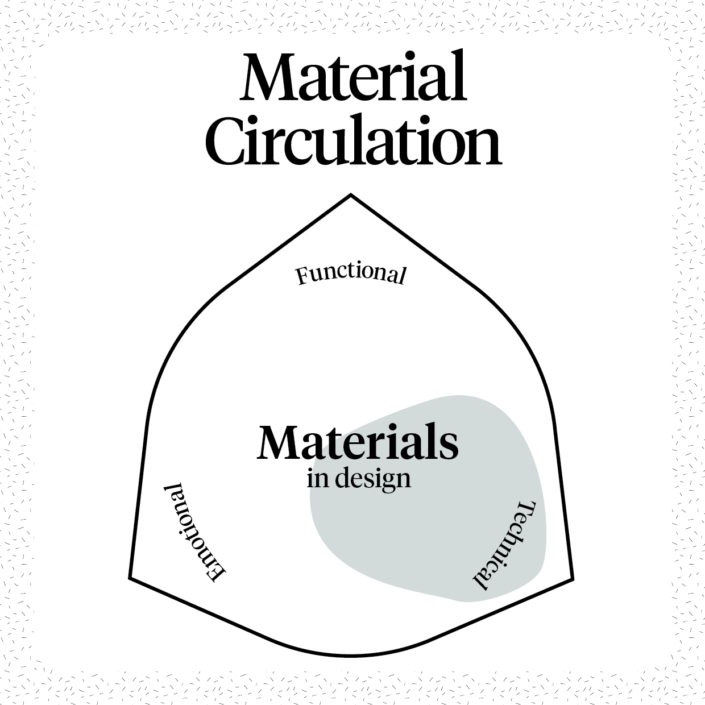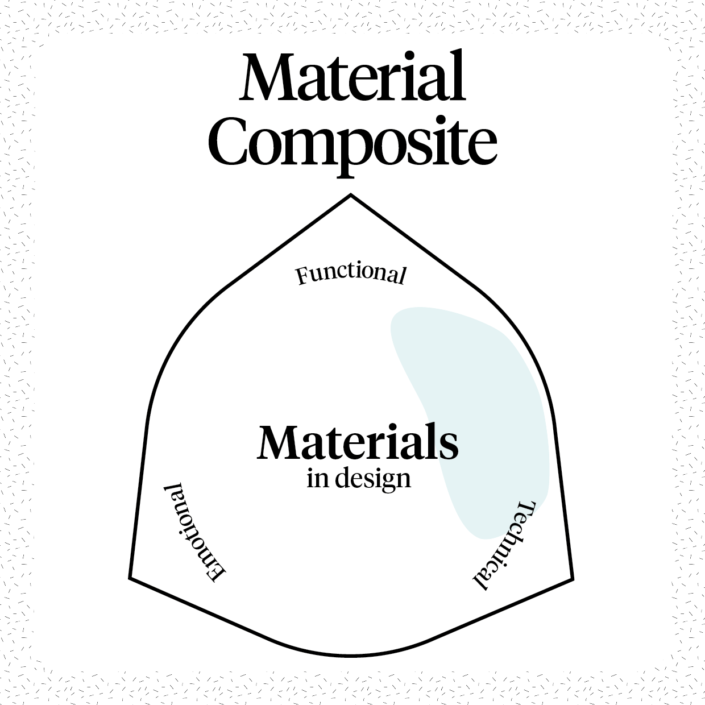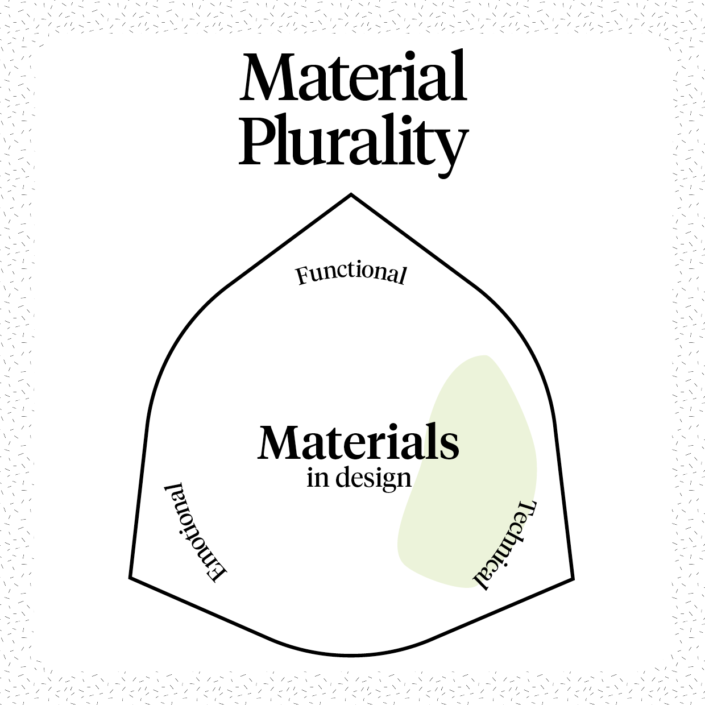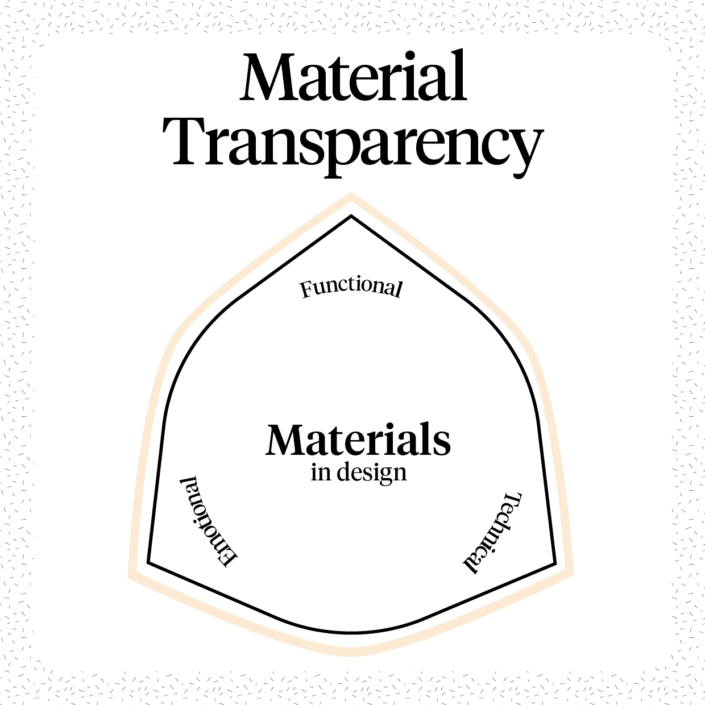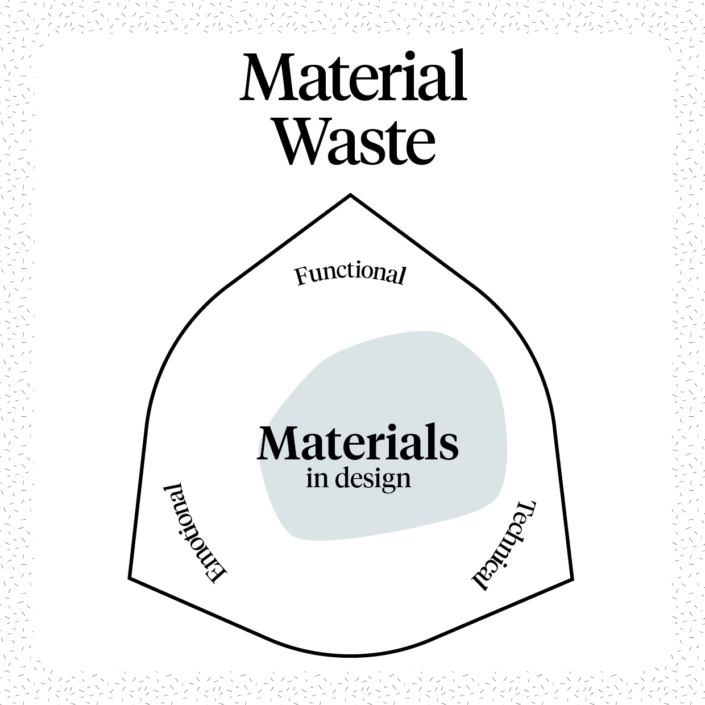What?
Material degradation describes physical breakdown, the disintegration of materials’ molecules into smaller molecules or fragments. Degradation can be initiated by external influences such as heat, moisture, chemicals, exposure to UV light, fungi or bacteria and is enhanced by mechanical stress. Bio-degradability and compostability are kinds of material degradation in specific environments.
Why?
Understanding a material’s degradation can help align material properties with a product’s purpose and intended life span. Elaborate material degradation can be used to reduce waste build up. Degraded organic substances can provide soil and microorganisms with nutrients.
Challenges
- Some materials degrade to micron-sized particles for example, microplastics, which are persistent in the environment and present a potential source of harm for organisms.
- Uncontrolled environmental conditions may result in loss of material properties and compromise the longevity and durability of the material.
- To distinguish the level of degradability.
Examples
- Italian 3D printing company WASP have printed a house made from bio-degradable agricultural waste such as rice husks and straw.
- Freitag has developed F-abric, a 100% biodegradable fabric. Pieces are constructed with easily removable fastenings so that the garments can break down completely including the threads and selvage.
Further Reading
Garbage (1997). Introduction, In: Degradable Materials: Perspectives, Issues 6 Opportunities, pp. 1-10.
Jiang & Zhang (2012). Biodegradable Polymers and Polymer Blends. In: Ebnesajjad (ed.). Handbook of Biopolymers and Biodegradable Plastics: Properties, Processing and Applications, Elsevier, pp. 109-128.

